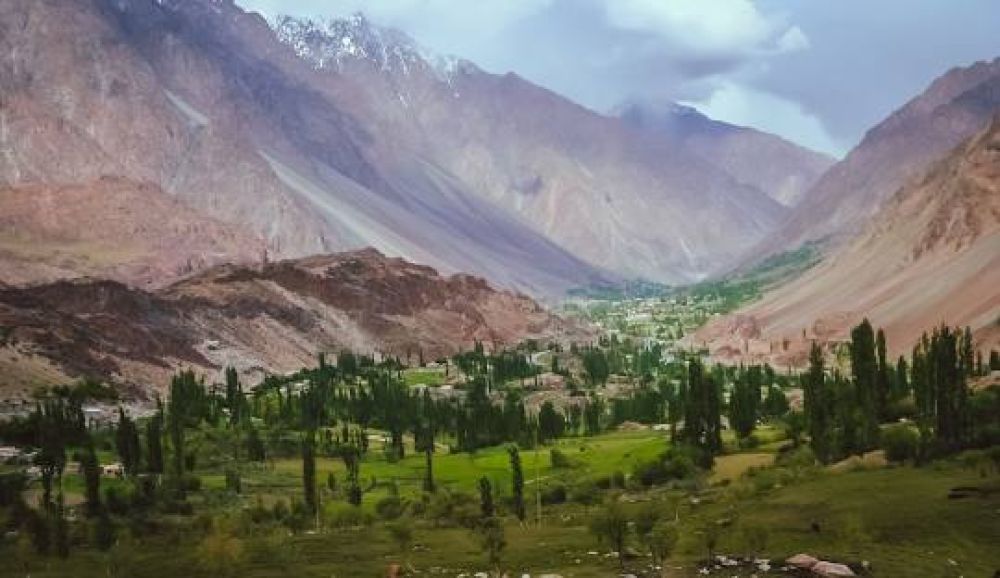

Gilgit, nestled in the Gilgit-Baltistan region of Pakistan, is a place that boasts a rich historical tapestry and has long attracted travelers, adventure seekers, and scholars. The history of tourism in Gilgit can be traced back to ancient times when it was a crucial stopover on the historic Silk Route. This route was not just a commercial path but also a cultural bridge, bringing together traders and travelers from as far as China, Persia, and beyond.
During the early 20th century, Gilgit started drawing the attention of British mountaineers and explorers. The British Empire, which had substantial influence in the region at the time, used Gilgit as a strategic military outpost, and it became more accessible to foreign visitors. However, it wasn't until the latter half of the 20th century that Gilgit began to emerge as a tourism hub, with the development of the Karakoram Highway, a marvel that opened the region to the outside world in the 1970s.
With the increase in accessibility, Gilgit witnessed a surge in adventure tourism. Mountaineers, trekkers, and nature enthusiasts from around the globe started flocking to the region to witness its majestic landscapes, including some of the world's highest peaks such as K2 and Nanga Parbat. This period marked the establishment of several trekking and mountaineering companies, which further boosted the tourism industry.
Tourists also gravitated towards the rich cultural heritage of the region. Gilgit is home to archaeological sites and monuments that reflect a tantalizing history influenced by Tibetan, Buddhist, and Islamic cultures. Attractions such as the ancient rock carvings of the Buddha at Kargah and the 7th-century Buddhist monastery at Alchi drew historians and culture enthusiasts from around the world. Gilgit became synonymous not only with adventure but also with a deep cultural journey.
In recent years, Gilgit has put considerable effort into diversifying its tourism sector. Sustainable and eco-friendly tourism initiatives have become increasingly important, with a focus on preserving the region's natural wonders. Following global travel trends, there has been a rising interest in off-the-beaten-path destinations, and Gilgit fits the bill perfectly with its remote valleys and untouched terrain.
Furthermore, the government has been promoting winter sports and festivals to attract tourists year-round rather than just in the peak trekking seasons. Polo tournaments, which showcase the region's traditional sport, have also become a significant draw.
Despite its potential, the tourism industry in Gilgit faces challenges such as political sensitivities in the region and the need for improved infrastructure and services. Nevertheless, the local government and international agencies continue to work towards developing sustainable tourism that benefits both the local economy and the environment.
To foster growth in tourism, there has been a concerted effort to develop better lodging facilities, provide more informational resources to tourists, and improve the overall safety and accessibility of the area.
In conclusion, Gilgit's journey from a stop on the Silk Route to a burgeoning destination for adventurers and cultural enthusiasts is a testament to its undeniable allure. With its unmatched mountainous landscapes, cultural richness, and the warm hospitality of its people, Gilgit continues to be a beacon for tourists seeking both adrenaline and enlightenment.